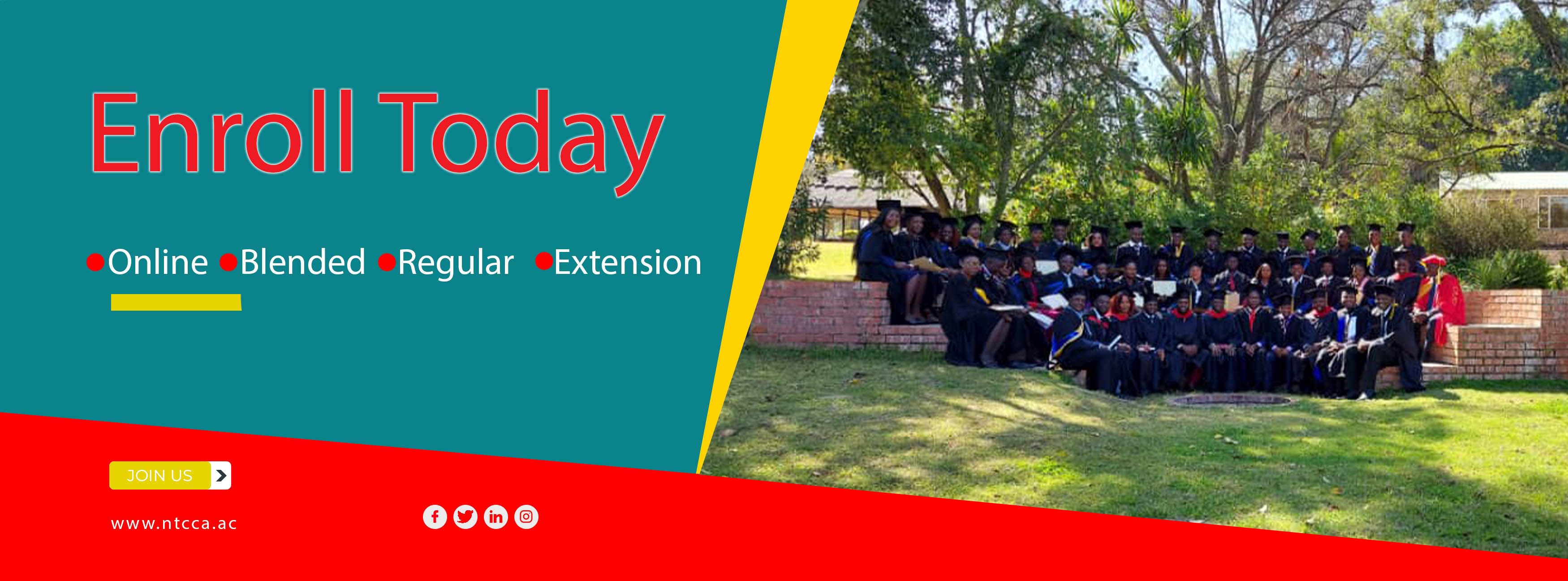Information and communications technology (ICT) engineers are developing and creating a virtual world offering new services and new applications to help people both in their work and their daily lives. Nevertheless, ICT engineers are almost always constrained in their project development by the intrinsic hardware performances of calculators, storage systems, and communication systems. The monitoring and measurement of physical ICT system performances are crucial to assess the computer processing unit (CPU) load, the available memory, the used bandwidth, and so on to guarantee the ICT-based services correctly work regarding their expected use. The famous Moore’s law states that the number of transistors on a chip tends to double every 18 months; this enabled a rapid growth of digital system performances. However, these technical performances do not provide direct information about the level of quality of the offered services. In the International Telecommunication Union-Telecommunication (ITU-T) standardization sector’s E.800 recommendation (ITU-E800, 1994), quality of service (QoS) is defined as “the collective effect of service performances, which determine the degree of satisfaction of a user of the service.”
Information and communications technology (ICT)












